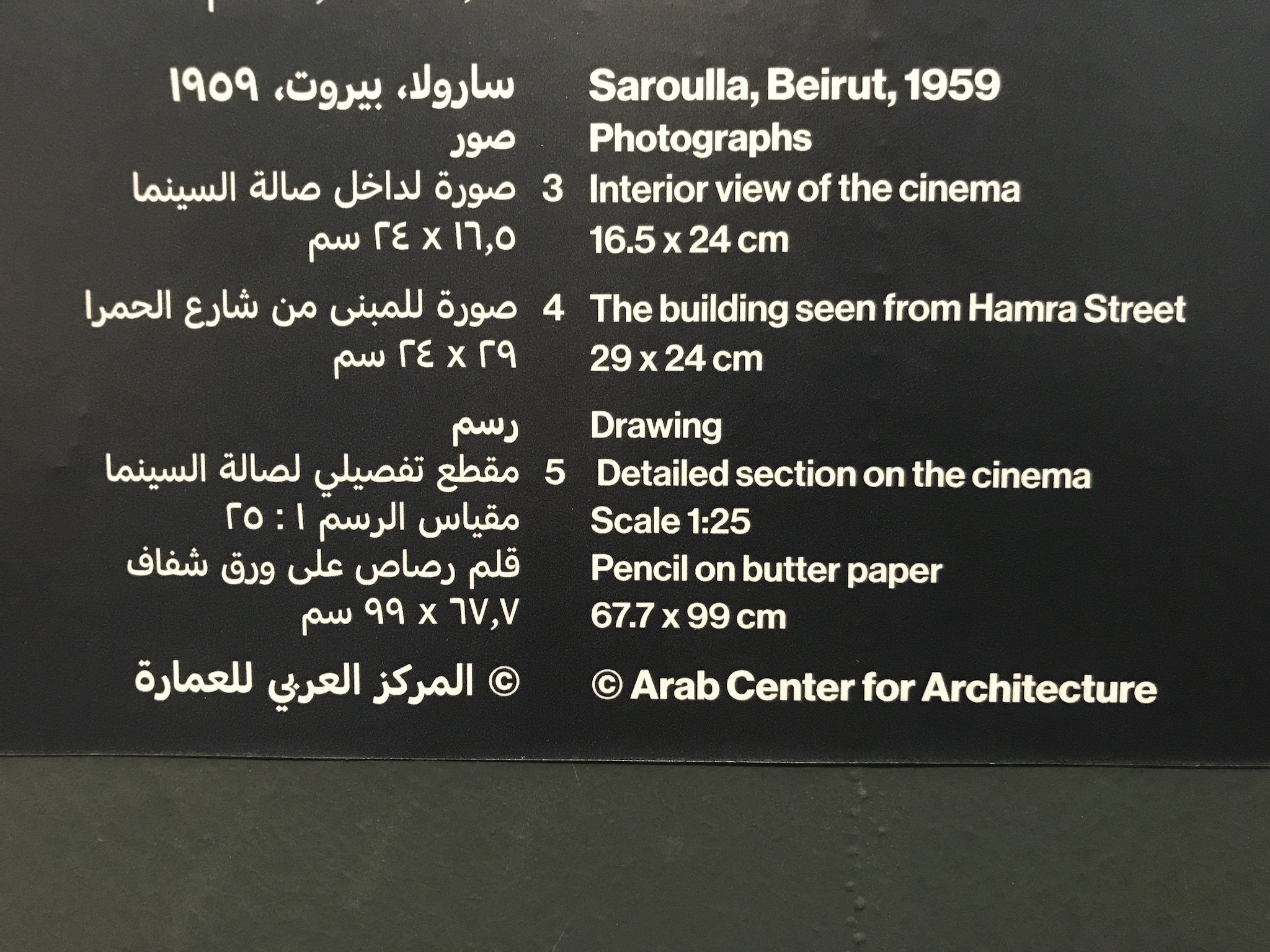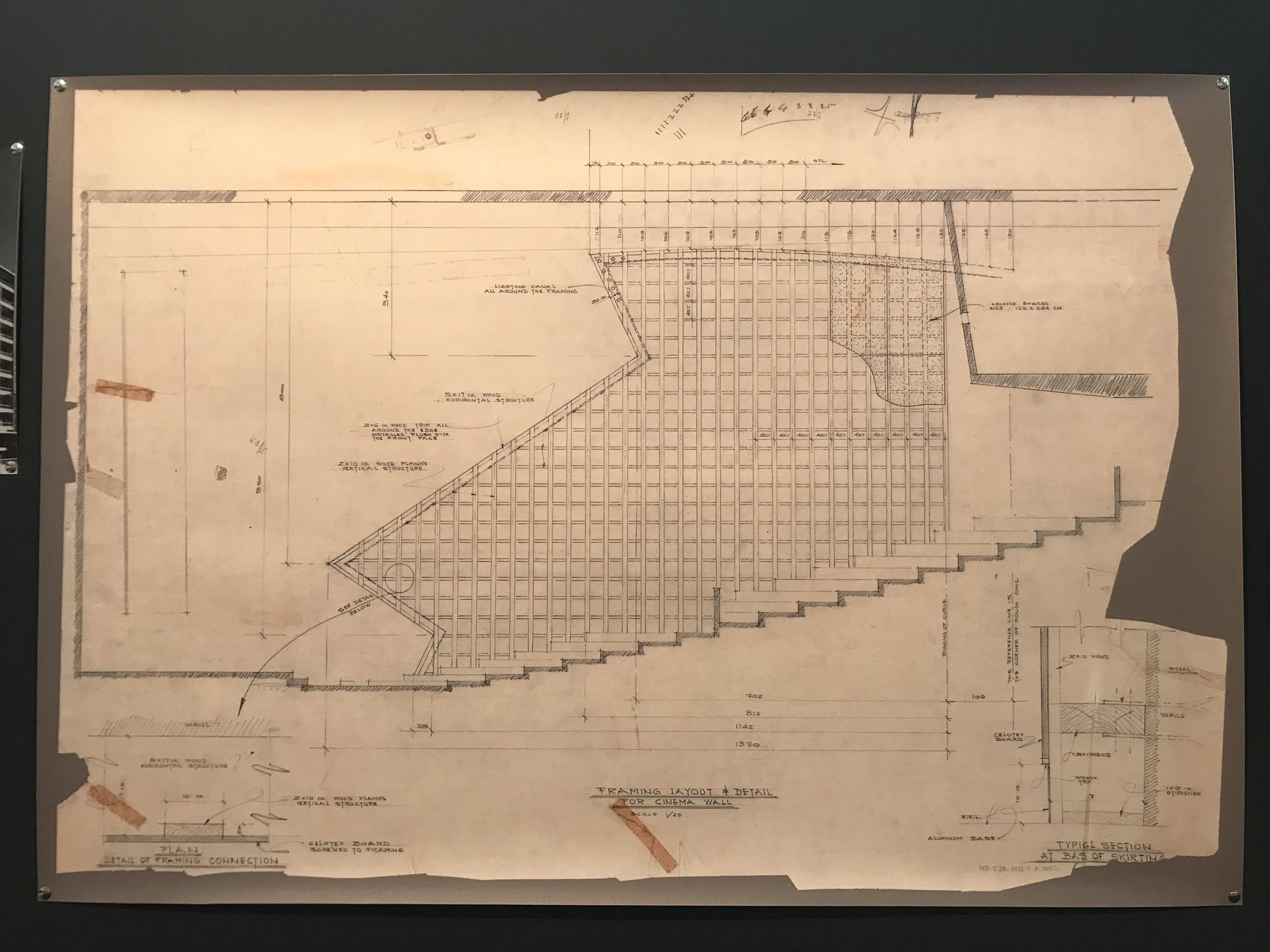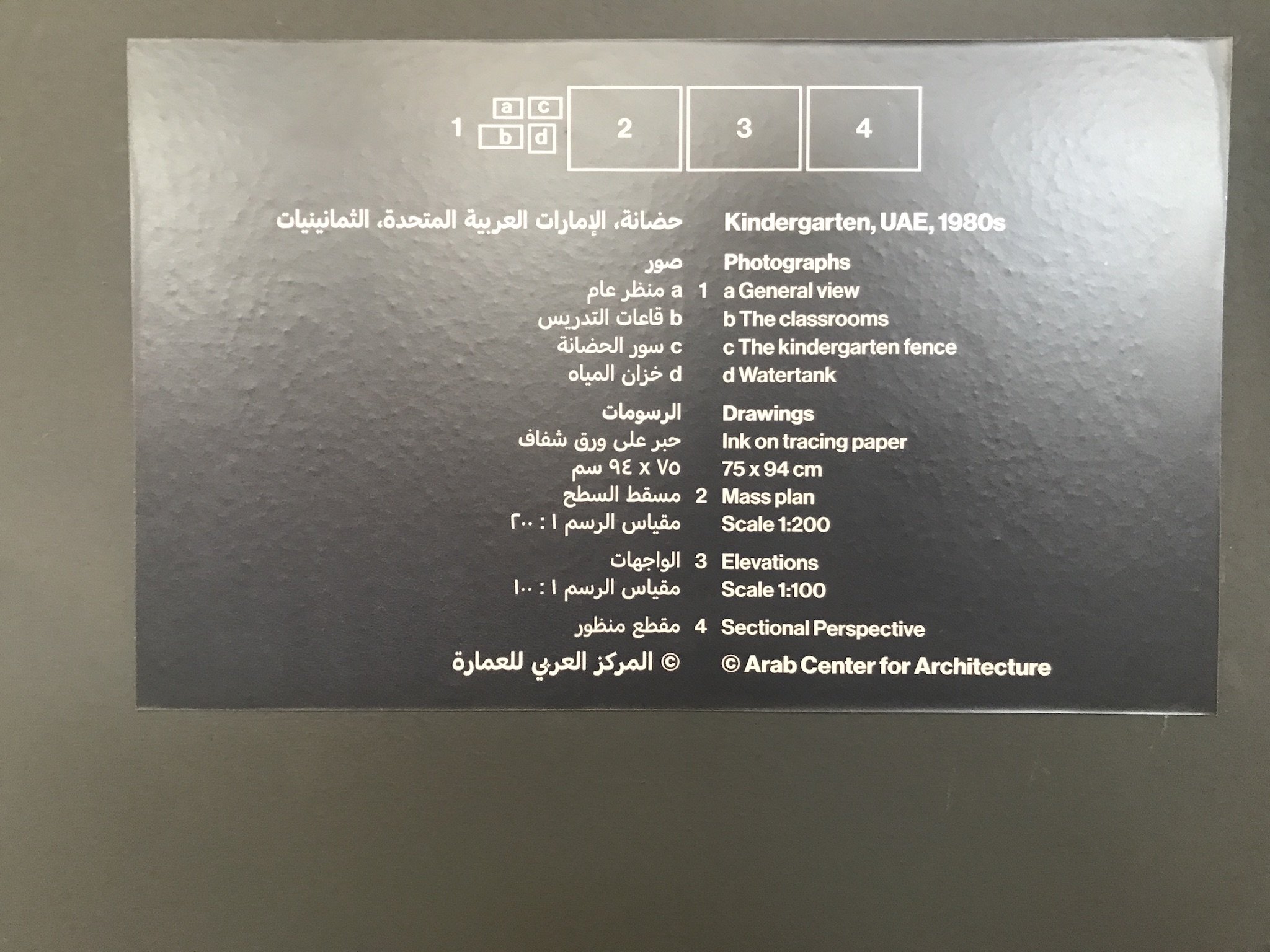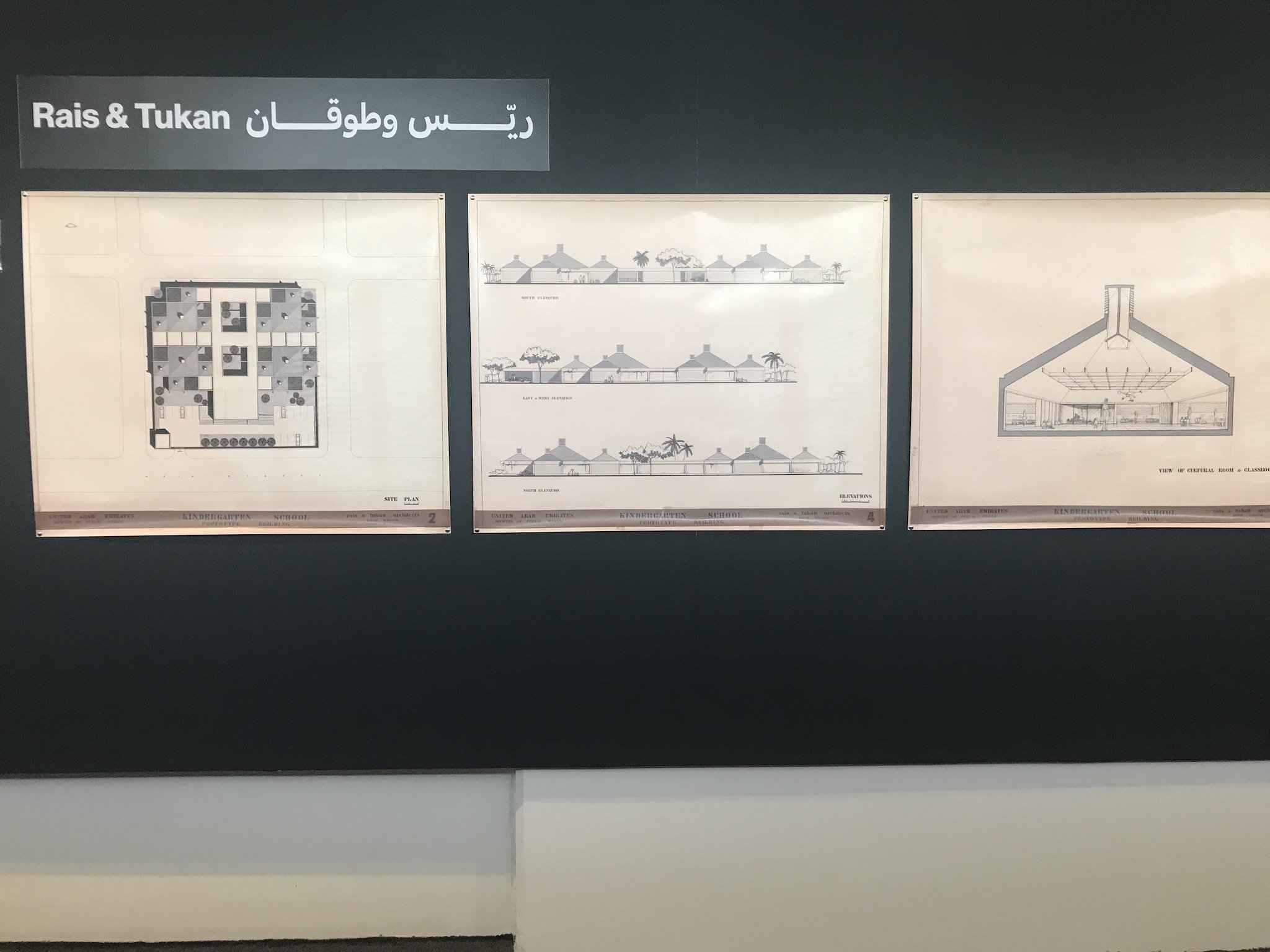Journeys into Architecture Archives
I caught the last day of the exhibition Journeys into Architecture Archives, commissioned by Sharjah Architecture Triennial and curated by George Arbid.
This exhibition showcases three institutions in the Arab world that hold and preserve architecture archives. It is conceived as a journey that highlights some items and projects in their collections and uncovers stories around them. The purposefully chosen institutions are very different in nature and scale. Their statutes and scope of work are diverse. Yet, they share the common objective of making available for experts and for the large public a number of documents ranging from drawings, to photographs, to correspondence, to a variety of items that document architectural production.
The three institutions
The Arab Center for Architecture (ACA) in Beirut is a non-governmental association created in 2008 dedicated to the preservation of modern architecture and its archives. It also acts as a platform for debate on architecture and the built environment and holds a specialized library open to the public and an online database on modern architecture in the Arab World.
The Rare Books and Special Collections at the American University in Cairo (AUC) documents the architectural heritage of modern Egypt and the Middle East through the work of its Regional Architecture Collections (RAC) unit. The RAC holds plans, drawings, photographs and other material from 20th-century leading architects such as Hassan Fathy, Ramses Wissa Wassef, Sayed Karim, Gamal Bakry among others.
Archives du Maroc in Rabat is a public national institution that recently started to accept donations of architectural archives, rightly acknowledging the publicness of architecture and its documentation. In addition to the collection of Patrice de Mazières covering his work with Abdeslam Faraoui, the institution holds the archives of architects Jacqueline Alluchon and Abderrahim Sijelmassi.
Lots of the works featured in the exhibition are projects that were never built which made me wonder what is the point of an exhibition like this to an average visitor who isn’t an architect? Would it work better as a book that could perhaps be more accessible and reach more people?
Below are photos I took of the only images from the exhibition that interested me, a cinema in Beirut and kindergartens in the UAE.
Of course I left sad that it no loner exists. Via Goethe Institute:
In the year 2002, the Saroulla closed its doors for business once and for all. It had been one of the most popular cinemas in Beirut in the 1960s, but the Lebanese Civil War (1975-1990) and the emergence of huge cinema complexes in its aftermath took a heavy toll on the small cinema. Fewer and fewer guests came. There was no money left for necessary repairs, and so, in the end, the cinema had to shut down. For three years the cinema stood empty until its successor, the "Metro al-Medina" variety theatre and cinema moved in.
Here’s another related piece about cinemas in the 1960s in Beirut.
I wish schools in the UAE today followed this design. Also we need moree ‘cultural rooms’.









